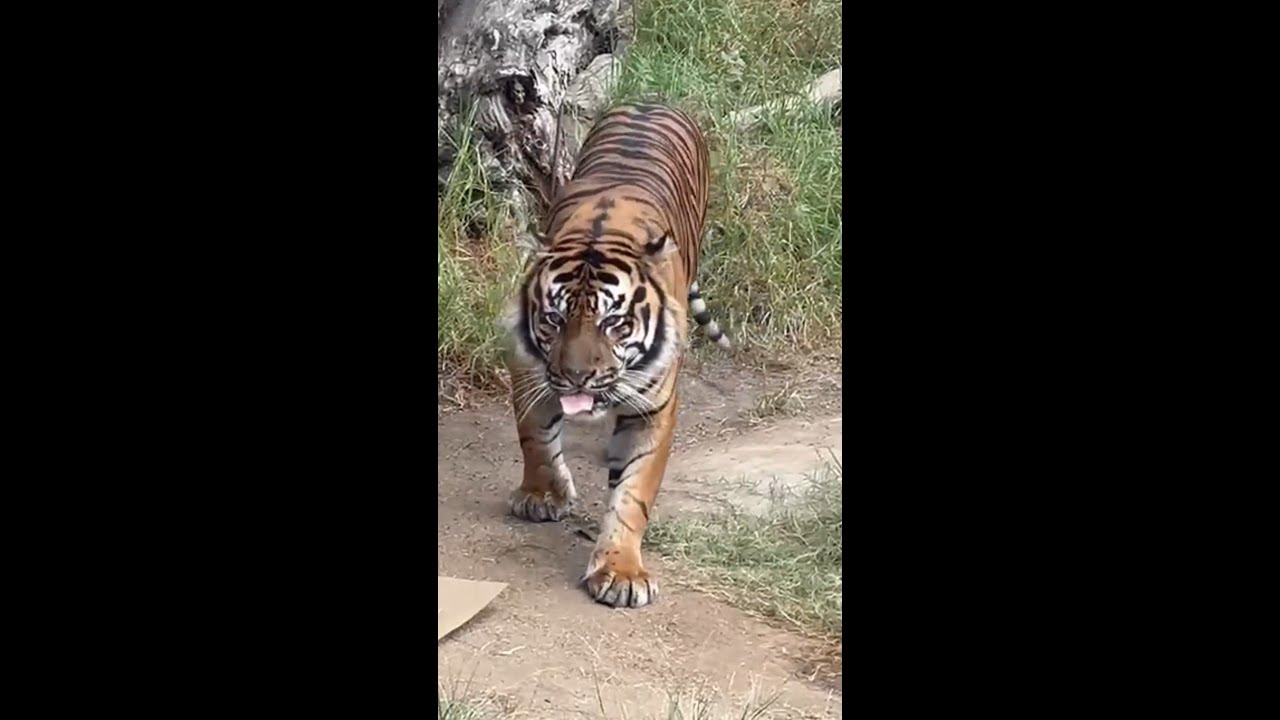– Understanding the behavior and characteristics of CJ The Tiger: Lick and Stroll
– Insights into modern zoo management practices
– The critical role of wildlife conservation efforts
– Examining the impact of habitat on animal behavior
CJ The Tiger: Lick and Stroll is a fascinating subject for anyone interested in zoology, zoo management, and wildlife conservation. This activity sheds light on the natural behaviors observed in tigers, providing a window into their instincts, preferences, and daily activities. Observing CJ The Tiger in action allows zoologists and enthusiasts alike to gather valuable data on tiger behavior, which in turn, aids in developing more effective conservation strategies and zoo management practices.
As apex predators, tigers play a critical role in maintaining the health of the ecosystems in which they reside. Their behaviors, ranging from how they hunt to how they interact with their environment, serve as indicators of the health of their habitats. For instance, CJ The Tiger: Lick and Stroll can offer insights into the psychological and physical well-being of tigers under human care. Such observations are crucial for ensuring captive tigers have environments that stimulate their natural behaviors.
The welfare of animals is paramount in zoo management. Modern practices emphasize the creation of enclosures that mimic the animals’ natural habitats as closely as possible. This approach not only benefits the animals by promoting natural behaviors but also enhances the educational value for visitors. Through CJ The Tiger: Lick and Stroll, zoo visitors gain a deeper understanding of tigers, fostering a connection that can inspire a lifelong commitment to wildlife conservation.
Wildlife conservation efforts are increasingly important in our world today. Tigers face numerous threats in the wild, including habitat destruction, poaching, and conflicts with humans. Conservation programs that focus on protecting natural habitats and captive breeding programs are essential for the survival of these magnificent creatures. Observing and understanding behaviors like CJ The Tiger: Lick and Stroll helps conservators and researchers tailor conservation programs that address the specific needs of tigers, both in the wild and in captivity.
Finally, understanding the impact of habitat on the behavior and well-being of tigers like CJ is crucial. Tigers require large territories for hunting, and the decreasing availability of these habitats due to human expansion is a significant threat. Captive environments that lack sufficient space and enrichment can lead to stress and abnormal behaviors in tigers. Therefore, zoo management practices must continually evolve to meet the complex needs of these animals. Programs that include activities resembling natural behaviors, such as CJ The Tiger: Lick and Stroll, play a critical role in this ongoing effort.
In sum, CJ The Tiger: Lick and Stroll offers more than just a glimpse into the daily activities of a tiger; it serves as a focal point around which discussions on zoo management, wildlife conservation, and the impact of habitat on animal behavior can revolve. By focusing on these areas, we can improve the lives of captive animals and contribute to the efforts to conserve wildlife around the globe. Engaging with educational content related to CJ The Tiger broadens public awareness. It supports the global dialogue on the importance of ecological balance and preserving our planet’s majestic animals.
*****
Source Description
It’s #TongueOutTuesday with CJ the Sumatran tiger. 🐯😛
#Tiger #BigCat


